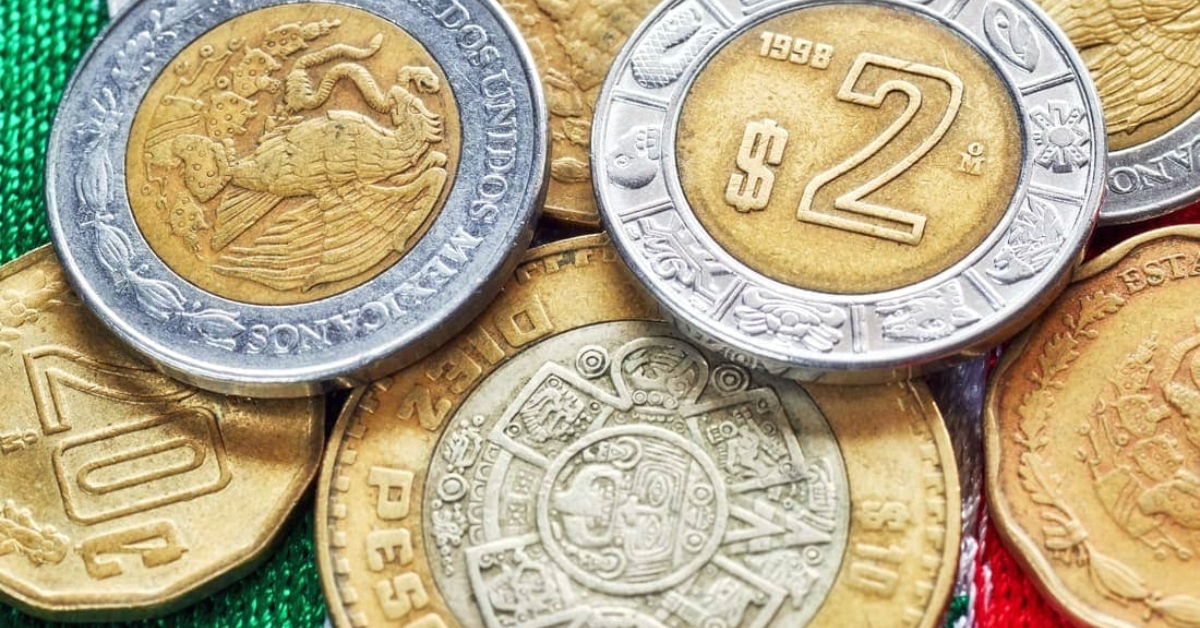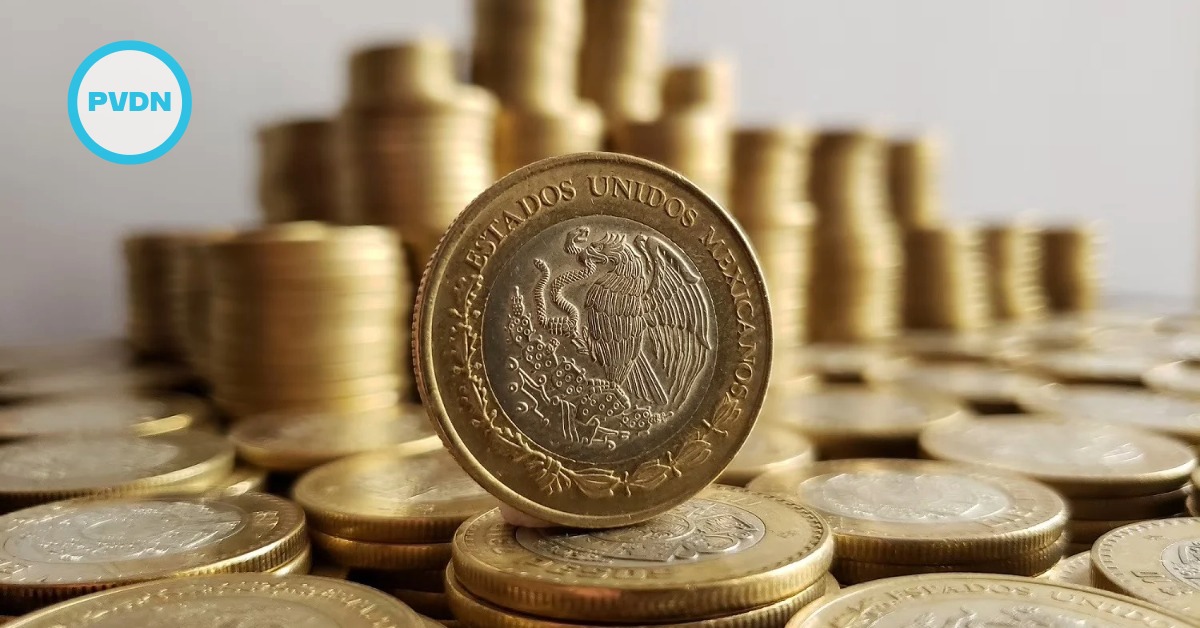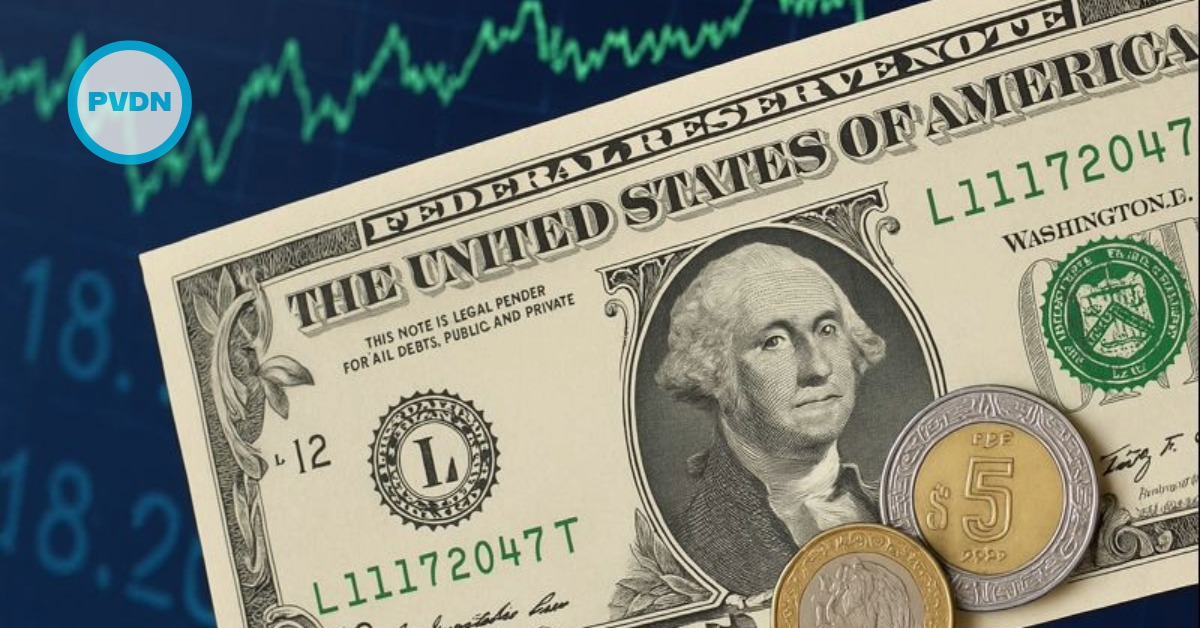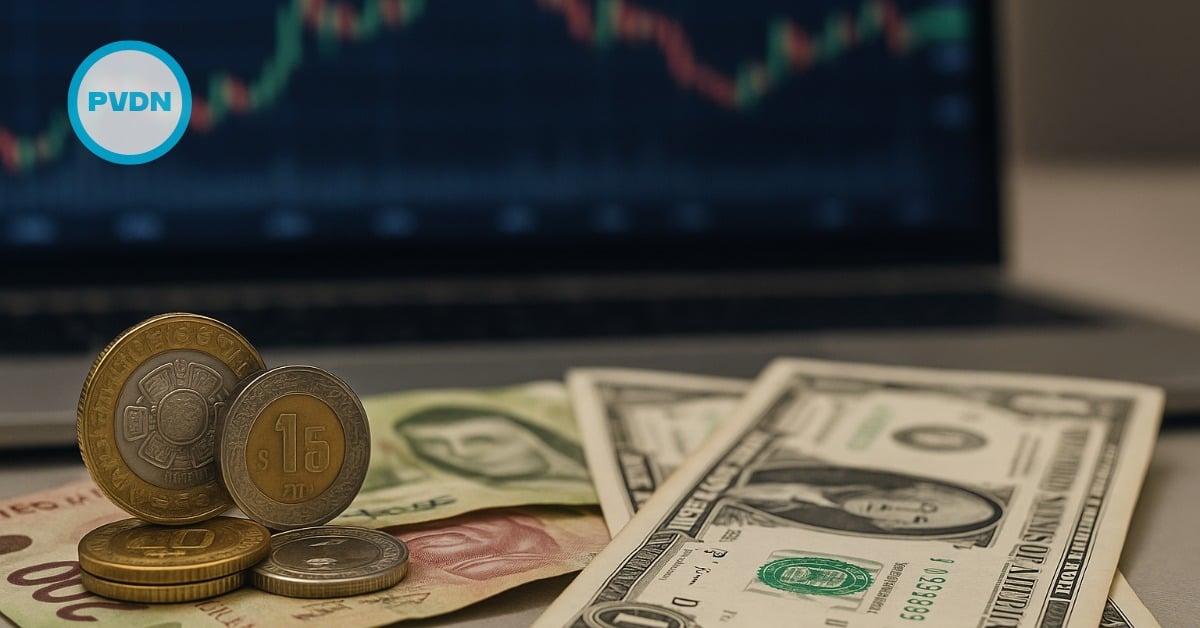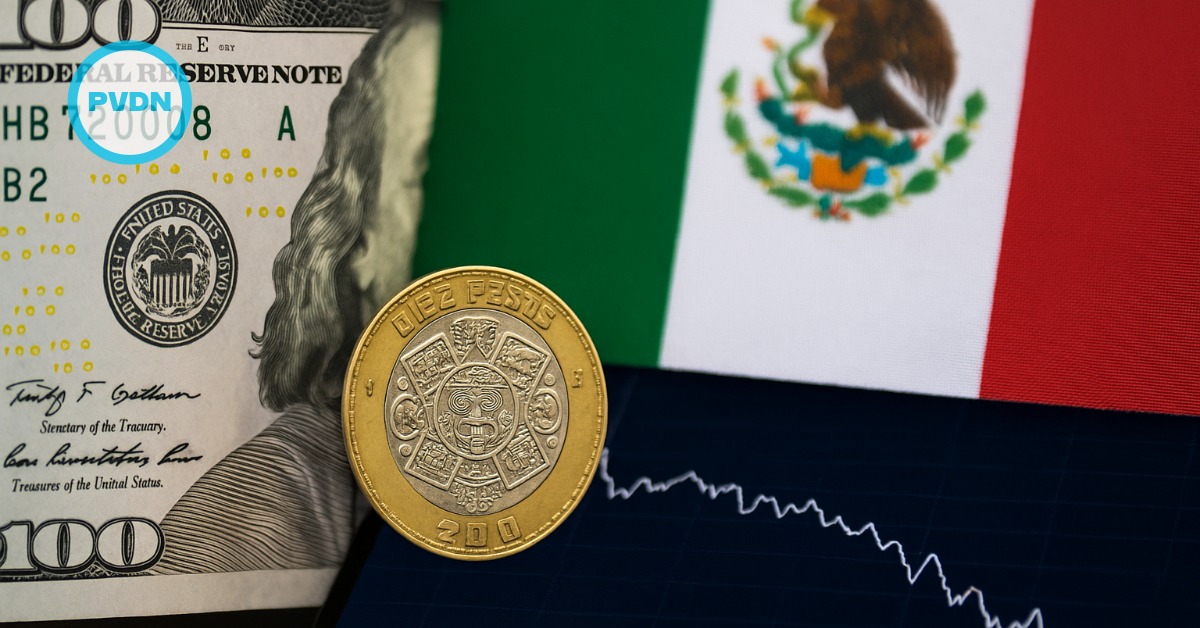The Mexican peso is expected to strengthen in the first half of 2025 as investor confidence grows under the new administration and volatility surrounding the U.S. election subsides, according to a forecast by UBS Group AG. Gabriela Soni, Director of Investment Strategy at UBS Mexico, predicts the peso could gain approximately 5% from current levels, reaching 18.50 pesos per dollar by mid-2025 and maintaining that strength through the end of the year.
